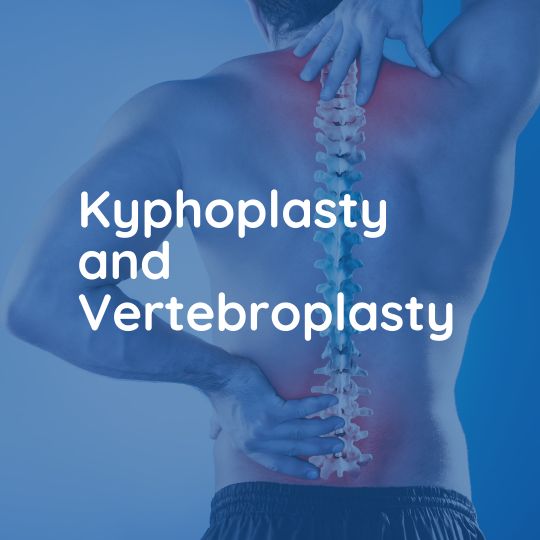
Kyphoplasty and Vertebroplasty
Kyphoplasty and vertebroplasty are minimally invasive surgical procedures used to treat vertebral compression fractures, which are commonly caused by osteoporosis or trauma.
Causes
Symptoms
Treatment
Causes
Vertebral compression fractures are usually caused by osteoporosis, a condition in which the bones become weak and brittle, making them more susceptible to fractures. Trauma, such as a fall or car accident, can also cause vertebral compression fractures.
Symptoms
Symptoms of a vertebral compression fracture may include back pain, limited mobility, a hunched posture, and a loss of height.
Treatment
Kyphoplasty and vertebroplasty are minimally invasive procedures that involve injecting a bone cement into the fractured vertebra to stabilize it and reduce pain. During kyphoplasty, a small balloon is first inserted into the vertebra to create a space for the cement to be injected. Vertebroplasty does not use a balloon, and the cement is injected directly into the vertebra.
Who Needs It?
Kyphoplasty is a technique for stabilizing a damaged vertebral body, the supporting blocks of the spine. These may be damaged by osteoporosis, tumors, or trauma and this leads to severe pain in and around the spine. If conventional pain-relieving techniques cannot adequately control this, vertebroplasty may be considered.
How is it done?
This is performed in exactly the same manner as an anterior cervical discectomy and fusion, through a small incision in the front of the neck. The vertebral body is removed to reveal the ligament below which separates it from the dura, the membrane lining the spinal canal. This ligament is usually also removed and the spine thereby decompressed. The body of the vertebra is replaced either with a bone graft from the iliac crest (hip) or using a metal cage containing the bone fragments which were removed and act as a graft. A metal plate is often used to reinforce either type of fixation.
How will I feel afterward?
The severe spinal pain from the fracture is better within a few minutes of the procedure, but the passage of the needles, through the spinal muscles, does cause some spasm and hence some back pain. This usually settles down within a day or two.
What is the recovery like?
Most patients go home either the same day or the following day and need to be careful. They should avoid any lifting or bend for two or three weeks, to prevent the now strong bone from causing trouble and leading to a fracture in a neighboring one.
More Spinal Conditions

Spine Tumor Surgery in Karachi: Leading the Way with Prof. Dr. Akbar Ali Khan, Best Neurosurgeon in Pakistan

Advancing Spinal Health: Understanding Vertebrectomy with Prof. Dr. Akbar Ali Khan
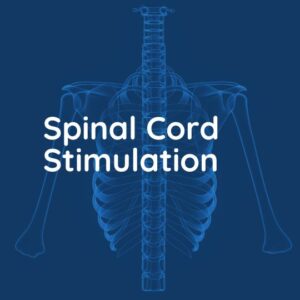
Spinal Cord Stimulation

Kyphoplasty and Vertebroplasty
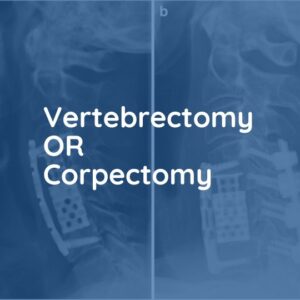
Vertebrectomy/Corpectomy

Foraminotomy
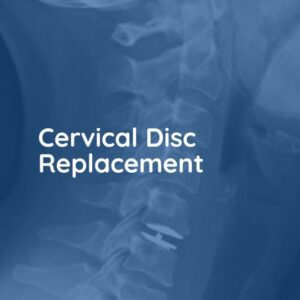
Cervical Disc Replacement

Anterior Cervical Discectomy and Fusion

Correction of Scoliosis

Thoracic Discectomy
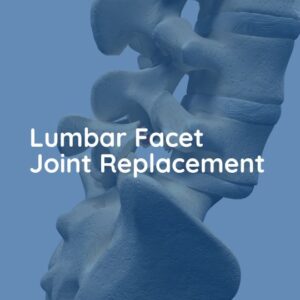
Lumbar Facet Joint Replacement
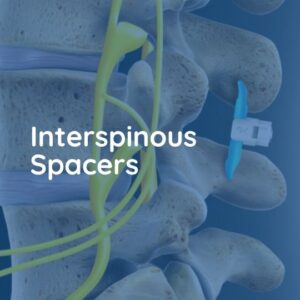
Interspinous Spacers

Endoscopic Lumbar Discectomy

Laminectomy
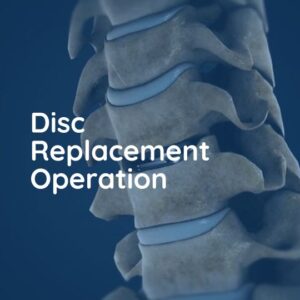
Disc Replacement Operation

Posterior Lumbar Fusion


